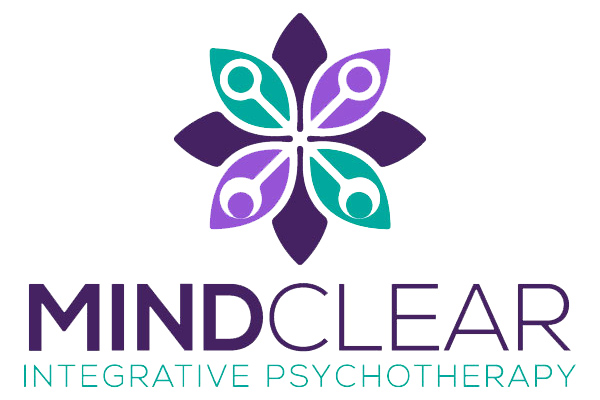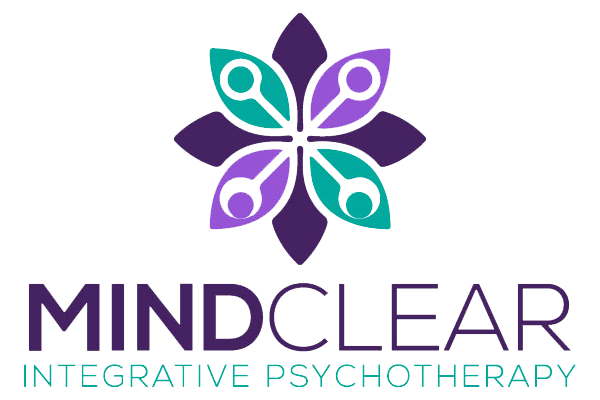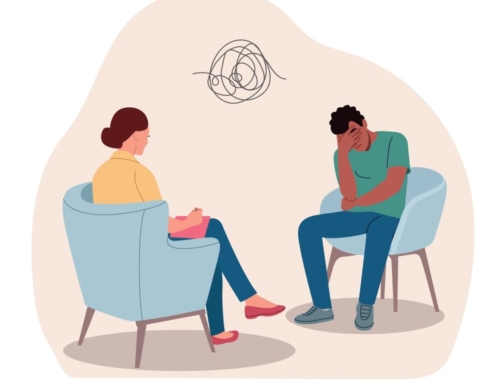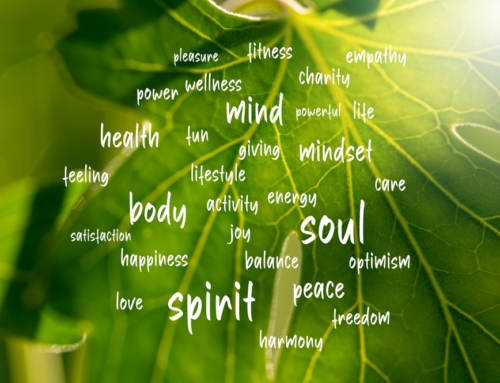Sexual Harassment is Trauma – Part 1: Mind-Body Consequences

Photo by Markus Spiske on Unsplash
What is sexual harassment?
In 2017, Alyssa Milano used the hashtag #metoo, which was originated by Tarana Burke, to bring attention to the prevalence of sexual harassment, objectification, and assault. Within two weeks, almost two million people had responded and shared their experiences. This was an important step forward for victims and those who tend to lack power or voice.
If we were to only go by what the media talks about, we might think that sexual harassment only refers to powerful men taking advantage, usually in some physical way, of women who work for or closely with them. Of course, this is very common and highly problematic. The famous figures being taken down by the rise of the #metoo movement certainly fit this bill and some have been found guilty of criminal harassment and assault in the court of law. But, there are so many more varied, and more common experiences, perpetrators, and victims than what typically gets discussed.
In general, sexual harassment is a broad term that refers to any kind of unsolicited attention of a sexual nature, whether verbal, physical, or indirectly, and/or harassment based on one’s sex or sexual orientation. Often, it is an act that is covered by civil law within the workplace or education while not necessarily reaching the level of criminality.
Sexual assault, on the other hand, is an extreme form of sexual harassment that is considered criminal under the law. This usually refers to physical acts of sexual contact in the form of rape, fondling of self or other, and other acts of forced sexual contact. While not all forms of sexual harassment rise to the level of assault, harassment almost always precedes incidents of assault.
It might be hard for you to determine whether or not what you experienced constitutes sexual harassment. This is especially true if what you’ve experienced was more subtle, if you’ve learned to minimize or dismiss it, and if the harassment was more about your sexual orientation or gender identity rather than the act of sex.
Books, professional trainings in mental health, the news, social media, and common discussion tends to focus heavily on what some might call big “T” trauma; incidents of overt sexual assault that usually involves physical contact. Yet, while rarely mentioned, the more common forms of sexual harassment experienced not only frequently, but often chronically by many can be just as damaging over time. It’s important to understand that these experiences matter.
The mind-body consequences of sexual harassment
Violations of the sense of security in your own body can lead to profound changes that impact every system within. This includes both physiological and psychological. A lack of feeling safe can lead to hypervigilance and problems with the fight/flight/freeze response. Shame might become a primary emotion that challenges one’s identity and relationships. The combination can contribute to further stress, further mistrust, further fear, and a snowball effect that can overwhelm.
All of this leads to higher risks of developing long-term anxiety, depression, and even posttraumatic phenomena. Shame, fear, and chronic stress/anxiety might turn healthy sexual experiences problematic. And, overtime, the toll on the body can lead to poor physical health and disease.
Before exploring these in more detail, let’s first check in with your body. Being attuned to your body’s state can help you identify if any of these issues might be going on for you. Recognizing how your body is reacting and feeling might also help you to realize that healing is not all about will power or just getting over it. Your body needs to heal and feel safe before “moving on” is even an option.
Note that focusing intently on your bodily sensations can feel overwhelming or even lead to panic if you’re in a state of extreme anxiety. If you notice yourself start to feel this way, stop. Do something distracting. Run your hands under cold water or grab an ice cube. Go for a walk. You can always come back to this later. There is no rush.
Body Scan
Start by closing your eyes or letting your eyes rest lightly on the floor below you. Take note of your breath. Is it fast? Slow? Heavy? Where does your breath lie? In your chest? Neck? Or is it deep belly breaths? Don’t change anything, just notice.
Now move your attention to your toes. Notice if there’s any tension. Do your toes feel cold or warm? Are they tingling or numb? See if you can’t breathe into your toes a sense of ease. Say to yourself “I am relaxed.”
Slowly move throughout your foot, noticing the sensations and any tension. Pause as you bring your attention to each part of your foot, then your ankle, up to your calf, knees, thighs, etc., throughout your whole body to the tip of your head. Take your time and just notice. Don’t try to change anything. Be non-judgmental and observing. With each new body part, breathe that sense of ease into it repeating the phrase “I am relaxed.”
Once you’ve scanned your entire body toe to head, take note of the whole in space. Take note of your thoughts and feelings while being attuned to your body.
Use the space below or your journal to write down some of your observations.
Fight/Flight Response
Most of us are aware of the concept of the fight/flight/freeze response, in general. It is your body’s survival mechanism, to escape the tiger in the woods. What you might not be as familiar with is what is actually happening in the body.
When a person is triggered by extreme fear or when there is a chronic sense of stress due to a lack of safety, the body adapts quite efficiently. Resources are redirected from less survival-based mechanisms, such as digestion, complex thinking, planning for the future, memory, and small muscles and nerves in the extremities, towards what is needed to literally flee the scene, play dead (freeze), or fight off an attacker. Adrenaline courses through the veins and big muscle groups get lots of blood. The heart might race and breathing accelerates.
This is why people who experience chronic stress and trauma may have difficulty with organization, coordination, planning ahead, impulse control, and digestion. They also tend to feel restless, might get muscle cramps, can feel numb and tingly in the feet and fingers, and can sometimes zone out or feel forgetful or foggy. It’s because the body has been trained for immediate survival in the face of danger, not for enjoying the long haul.
If the fight/flight/freeze system is “turned on” for too long or too many times, chronic health issues can arise. These can range from less severe issues, such as headaches and gas/bloating, to serious life-threatening problems like heart disease, neurological problems, autoimmune problems, nutritional deficiencies, and even some forms of cancer.
No matter how much society or your inner critic might say that whatever happened to you isn’t bad enough or any other dismissive and invalidating thing, the body says otherwise.
In fact, self-criticism, invalidation, shame, and stories based in self-blame and even self-hatred actually make everything worse. There’s a whole world happening inside your body that lies outside your conscious awareness. Part of becoming more attuned to that action is so that you can realize the impact that cruel thoughts and words have on you, and to do something about it. As much as someone might be trying to take control or push the past out of the present mind by self-critical comments or even abuse, the result is increased stress and fear within the body. Every time. Whether you consciously register it or not.
It can become a vicious cycle of its own. First you experience a violation of safety through an experience of sexual harassment. The body then becomes hypervigilant and turns into survival mode. You blame yourself and turn anger towards yourself, thereby increasing feelings of fear and anger. The chronic stress and anger lead to problems with memory and in relationships, which you then blame and criticize yourself for. The shame, fear, and stress increase further. And on, and on.
The stories we tell ourselves matter. So, too, does attending to the body when healing from traumatic or stressful events. Perhaps more important than anything, however, is being able to find a sense of safety within, even if it begins with just a few moments.









